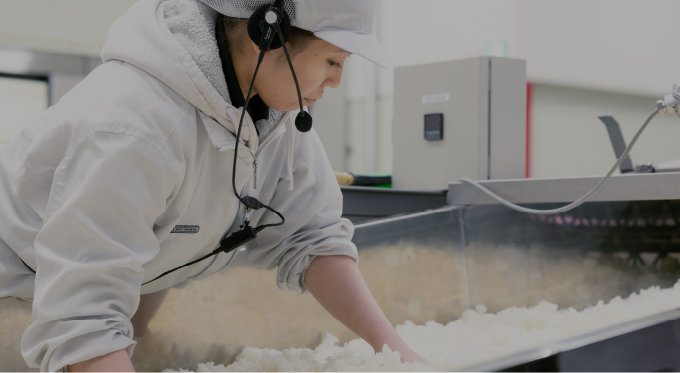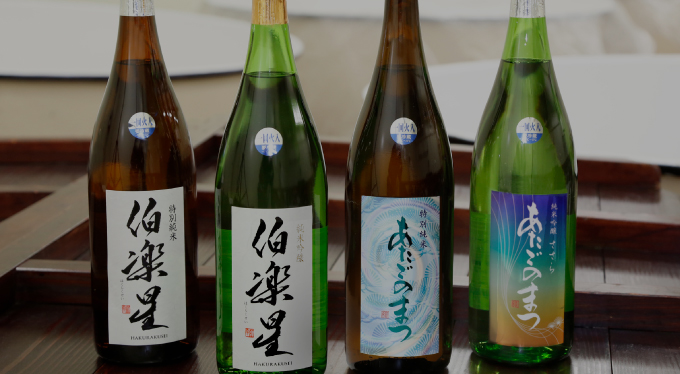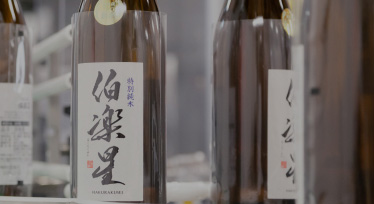Frequently Asked Questions (FAQs)
-
I would like to purchase your sake, where can I find it?
Please view the dealers tab on our website. There you can find a store near you.
-
Can I visit the brewery?
Unfortunately, we do not facilitate tours of the brewery for the general public.
-
What is the optimal way to store sake?
The distribution and storage of sake has changed dramatically over the years.
*Un-carbon fined sake: Sake that is not treated with active charcoal.
The development of refrigerated storage makes it possible to find unpasteurized sake and un-carbon fined sake* in stores across Japan and the world.
Given the vast variety of sake now available, we ask that you adhere to the storage methods written on the label and advice from the sake’s retailer. -
How should I store sake after opening it?
We recommend storing the sake in a refrigerator and finishing it in a timely manner.
Even within the expiration date, please finish drinking as soon as possible after opening the bottle, even if well before the best by date. -
Is it safe to transport sake at room temperature?
Yes. It is safe to transport sake at room temperature.
There is no sudden deterioration in quality, but we recommend refrigerating it thoroughly before consumption. -
What is the difference between “Hakurakusei” and “Atagonomatsu”?
-Hakurakusei-
After returning to the brewery, the 5th-generation president, Iwao Niizawa, launched the “Hakurakusei” brand in 2002.
This is the original “ultimate food sake”.
-Atagonomatsu-
The Atagonomatsu brand dates back to the company’s founding. It is named to commemorate the Showa Emperor’s public speech at the Atago Shrine.
We use local rice to create a sake that is rooted in the local community. -
Is there anything we should be careful about when handling “Harukoi”?
Non-pasteurized nigori sake, such as Harukoi, may continue to ferment in the bottle. This secondary fermentation can release carbon dioxide. Please be careful when opening the bottle.
There is a gas vent on the top of the cap, so please keep the bottle upright.
The gas vent may become blocked by the nigori sake or bubbles. This can cause pressure to buildup in the bottle. To prevent carbon dioxide from suddenly releasing, poke a hole in the top of the cap. The hole allows carbon dioxide to escape from the vent.
Moreover, the sake is unpasteurized, so please keep it refrigerated. -
Are there any precautions that should be taken when handling “Chonoko Yogurt Liqueur”?
In order to deliver a soft and smooth flavor, the liqueur is not pasteurized. Please keep it refrigerated (1℃ to 5℃) and consume it as soon as possible, even if it is well before the expiration date – 3 months after the bottling date printed on the label.
Do not shake the bottle. Open the bottle slowly. Please keep the bottle refrigerated after opening.
Menu
















